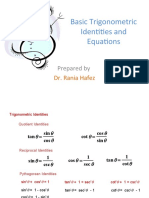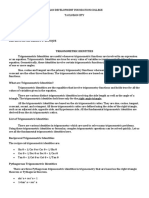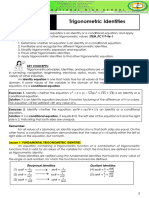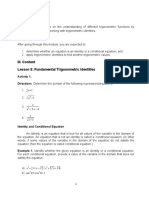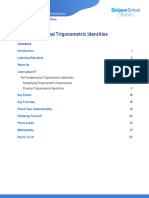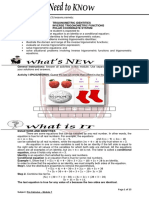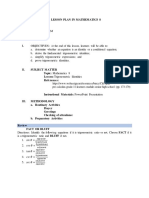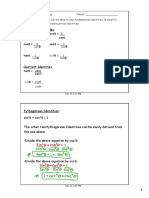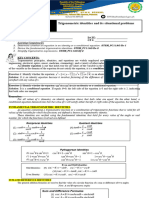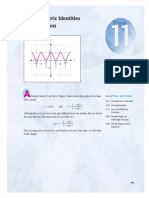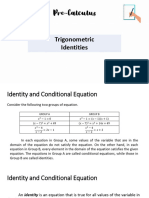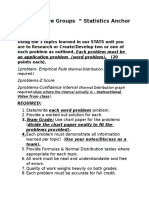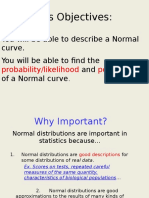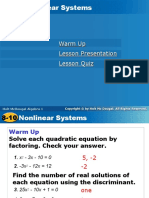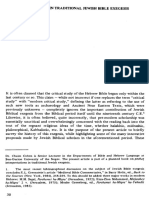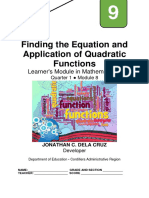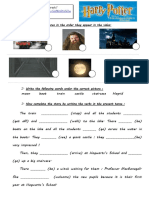0% found this document useful (0 votes)
857 views16 pagesTrigonometric Identities Guide
This document discusses trigonometric identities and equations. It introduces important trigonometric identities like reciprocal identities, quotient identities, and Pythagorean identities. It also discusses how to use identities to simplify expressions by writing trig functions in terms of sines and cosines. Examples are provided to show how identities can be used to substitute one trig function for another and to find function values.
Uploaded by
api-276566085Copyright
© © All Rights Reserved
We take content rights seriously. If you suspect this is your content, claim it here.
Available Formats
Download as PPT, PDF, TXT or read online on Scribd
0% found this document useful (0 votes)
857 views16 pagesTrigonometric Identities Guide
This document discusses trigonometric identities and equations. It introduces important trigonometric identities like reciprocal identities, quotient identities, and Pythagorean identities. It also discusses how to use identities to simplify expressions by writing trig functions in terms of sines and cosines. Examples are provided to show how identities can be used to substitute one trig function for another and to find function values.
Uploaded by
api-276566085Copyright
© © All Rights Reserved
We take content rights seriously. If you suspect this is your content, claim it here.
Available Formats
Download as PPT, PDF, TXT or read online on Scribd
/ 16

